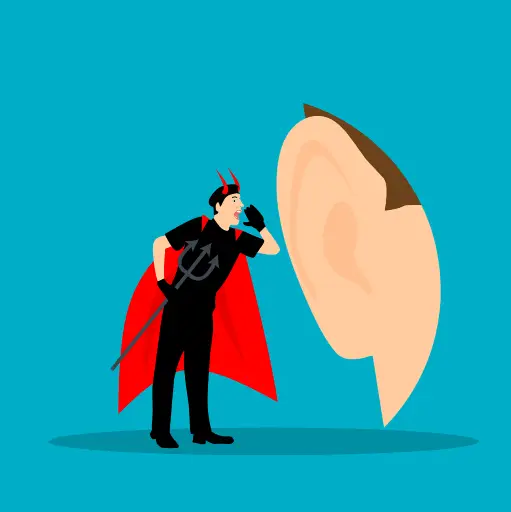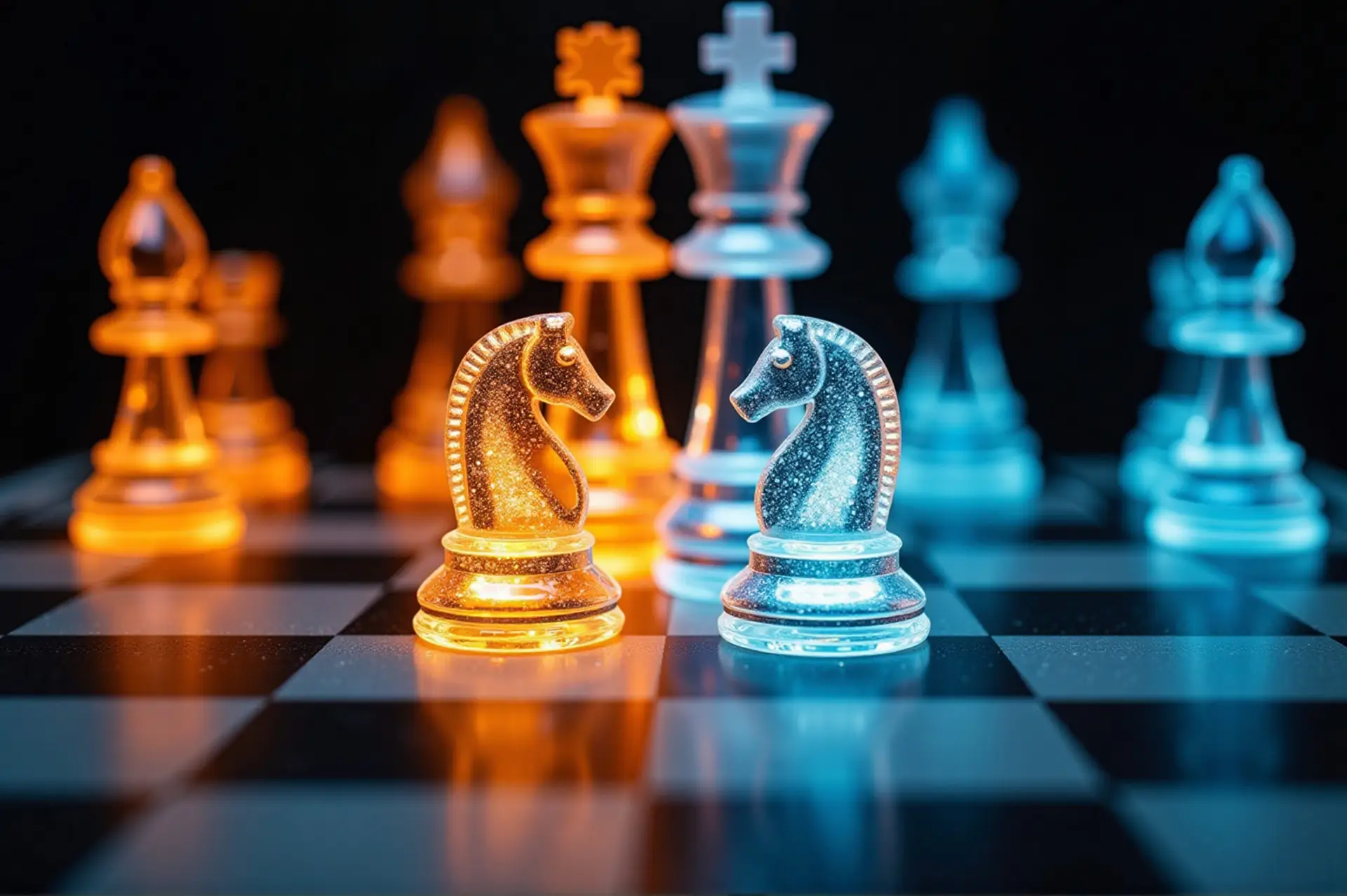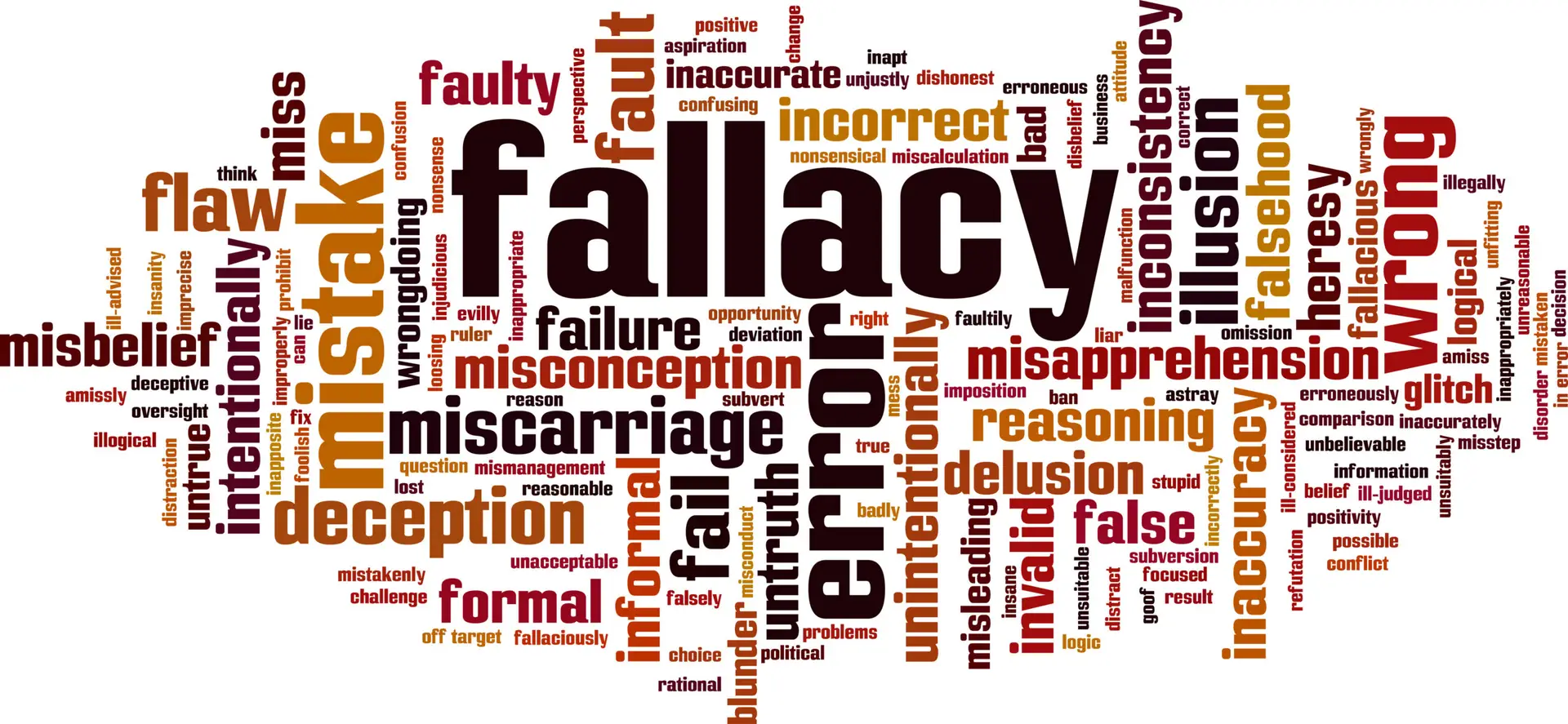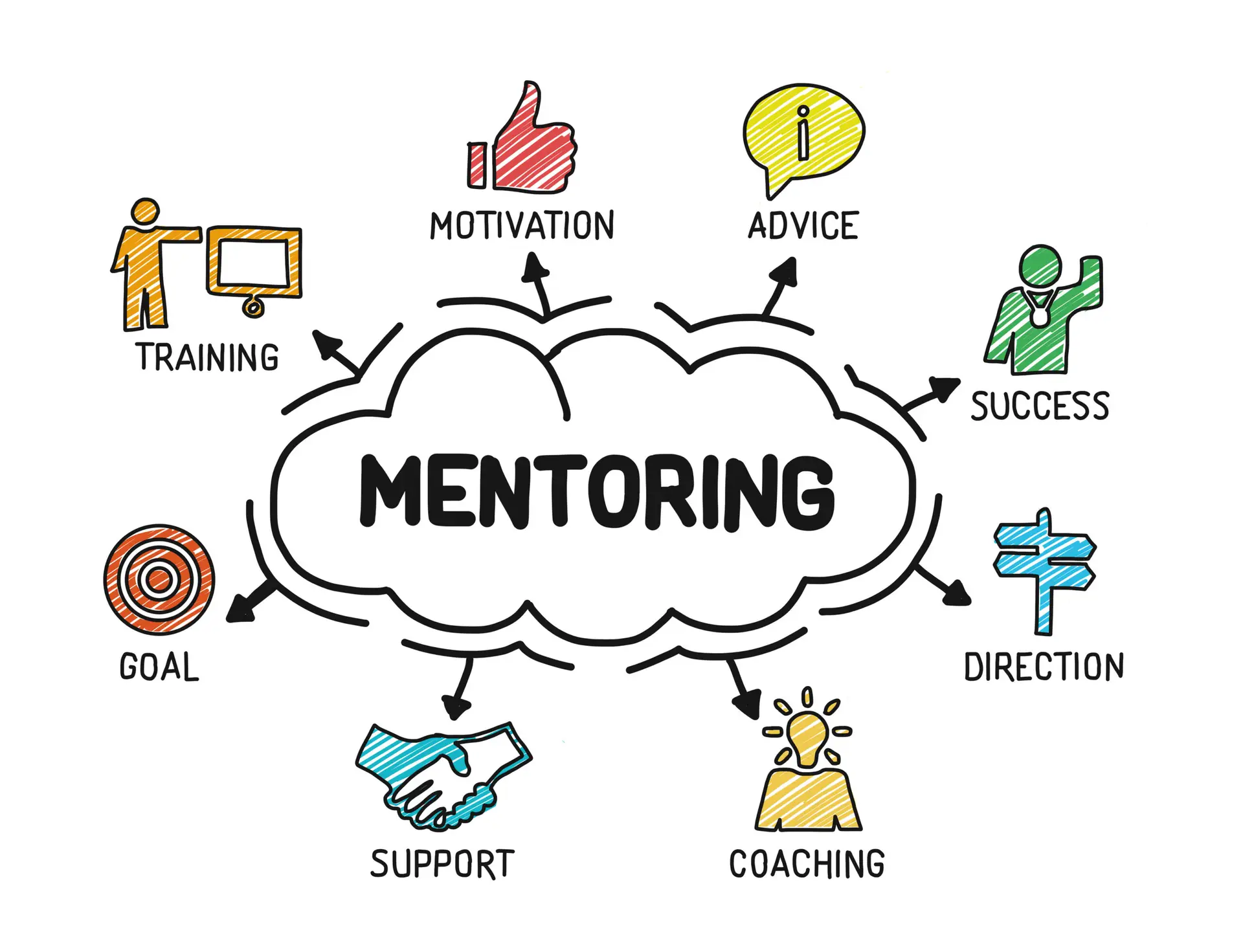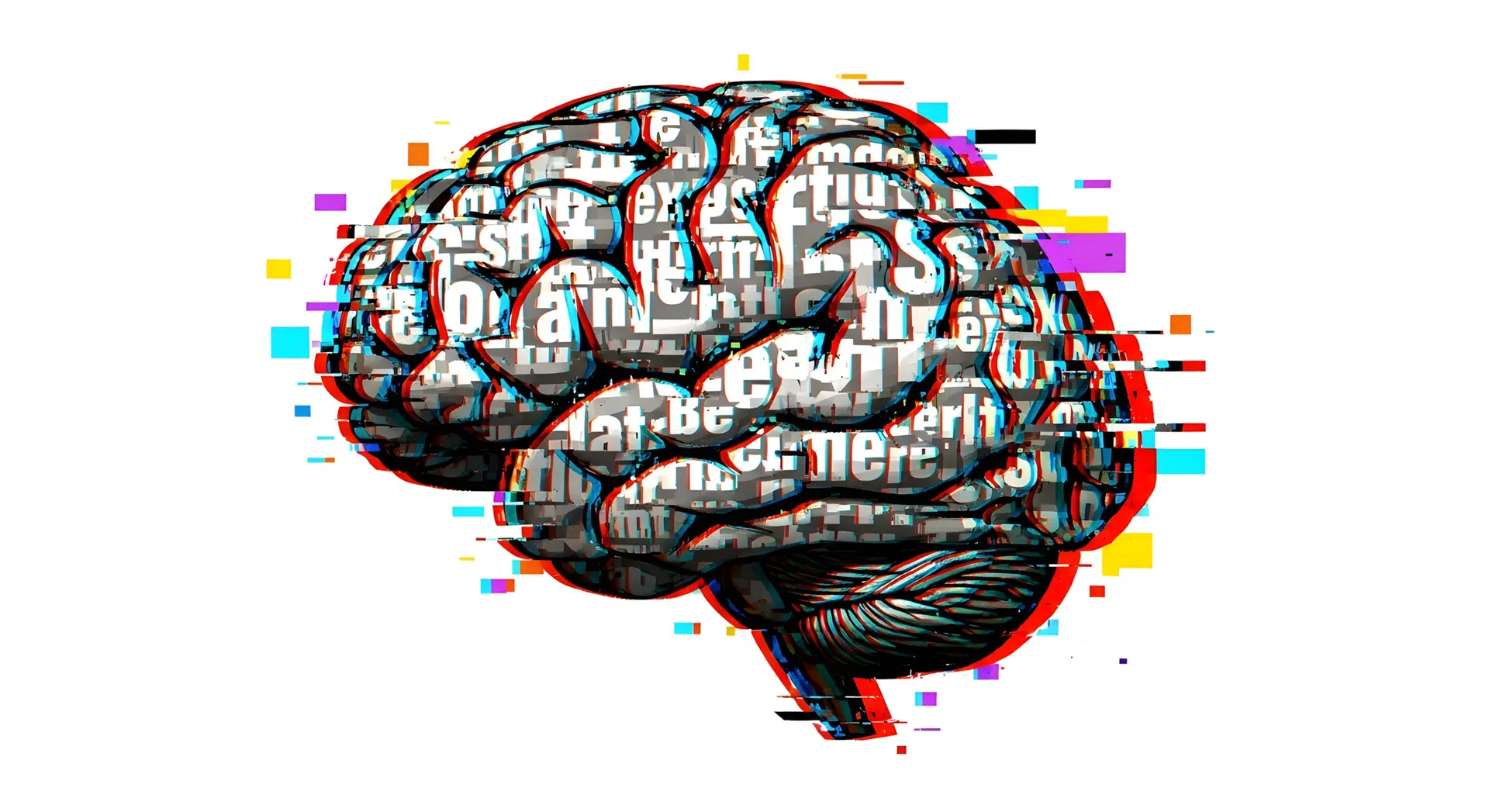Children of narcissists will often ‘internalise the narcissist’. This means to develop part of the brain/personality which mirrors/copies the narcissist’s critical voice. This defence mechanism ensures that the child can regulate their own behaviour by pre-empting the narcissist’s criticisms in an attempt to deflect painful criticism and devaluing from the parent. In this way the child becomes their own abuser. This is the internal negative critical voice that is often a constant companion to some children of narcissists.
This critical voice can also trigger appeasing body language and such as submissive body language – sitting with hunched shoulders and head down slightly, not maintaining eye contact by looking down or away. Any other posture such as head up, shoulders back and a confident stance may result in harsh devaluing from the narcissist.
Young children have the dilemma of needing to attach to the narcissist for their own survival even though the narcissist is terrifying. The child needs to find a way to do it even when a parent is rejecting or abusive. There are findings that an infant will cling more strongly to an abusive parent. This clinging has been named traumatic bonding. The child dissociates from their pain in order to engage in attachment behaviour with the narcissistic parent.
Without this attachment the child feels an intense ‘abandonment depression’, this is a term introduced by James F. Masterson in his work on personality disorders.
Abandonment depression is an umbrella term which encompasses the emptiness, depression, panic, rage, guilt and helplessness felt by a child growing up in a dysfunctional and abusive environment.
Traumatic bonding in children can result in the same relationship patterns being played out in adulthood.
The ‘internalised abuser’ may also hold the feelings of anger and rage that the child may feel but cannot show as this affects both the attachment with the narcissistic parent and may invoke punishments from the parent. The child suppresses these into the ‘internalised abuser’.
Self-harming may be a way to ‘act out’ the rage and pain. It may serve to control rage against others by directing it against the self. Physiologically, when we are injured or stressed endorphins are released. These are neurotransmitters that act in a similar way to morphine by reducing the amount of pain we experience when hurt.
These may be soothing and help the person to escape the emotional pain they are feeling. A focus on the physical pain can help to dissociate from the emotional pain.

